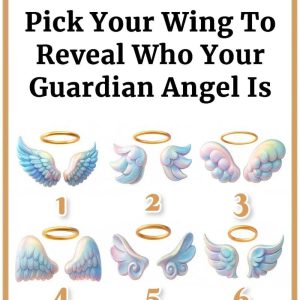A cyst is a small pocket of tissue filled with fluid, pus, or other material. They’re usually harmless but may need treatment if they cause pain, infection, or other problems. Different types of cysts form depending on their location and cause.
Epidermoid and Sebaceous cysts
Epidermoid cysts are “small, benign bumps filled with keratin,” often on the face, neck, or torso. Sebaceous cysts are less common, filled with sebum, and usually form after damage to sebaceous glands.
Breast and Ovarian cysts
Breast cysts are fluid-filled sacs near breast glands that can cause tenderness. They are usually benign, but any new or changing lump should be checked by a doctor. Ovarian cysts often form when follicles don’t release an egg properly. Most are harmless but “are associated with an increased risk of cancer when they occur after menopause.”
Ganglion and Baker cysts
A ganglion cyst is a round, gel-filled lump near joints, especially wrists or ankles. A Baker cyst forms behind the knee, often linked to arthritis or cartilage injury, and can cause swelling or pain.
Pilonidal, Pilar, and Mucous cysts
Pilonidal cysts develop at the top of the buttocks, sometimes becoming infected and painful. Pilar cysts, common on the scalp, are round bumps under the skin. Mucous cysts appear on the lips or mouth from blocked salivary glands, often after lip biting or piercings.
In most cases, cysts are not dangerous, but medical attention is advised if they change, grow, or cause symptoms.





